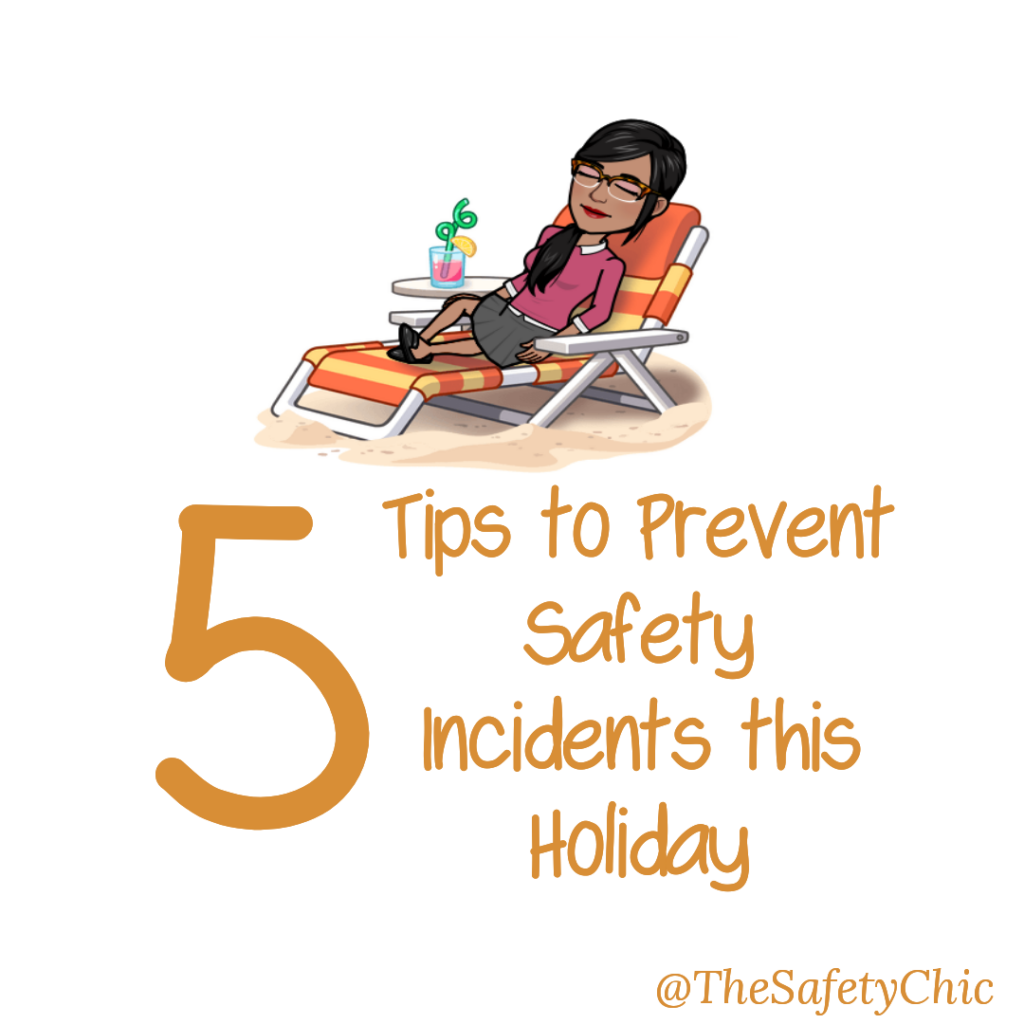It’s back to school season again. Unfortunately, some children and staff are afraid to resume school because of a “bully”. Anyone can be bullied and so school owners have a responsibility to take leadership.
Do you have an anti-bullying policy? If you do not, you are indirectly supporting bullying and making your school an emotionally unsafe space. An anti-bullying policy is a great way to boost confidence in both students and teachers.
Here are some important aspects that must be covered by your school’s anti-bullying policy:
1) Your school’s vision and approach
This is a description of what connotes bullying, who can be affected, how it impacts victims and what your school aims to achieve with this policy
2) Roles and responsibilities of stakeholders
Here, identify all the key stakeholders and assign roles. Everyone has a role to play from school leadership to students, staff and parents/caregivers
3) Prevention and response to bullying
Quick and effective response is important, so state the details of the strategy that would achieve your vision. This includes steps to be taken to aid prevention and how to respond when a case arises.
4) Stakeholder communication
Communication is key. A policy that is not communicated to relevant stakeholders will not be effective. State how you will do this
5) Impact assessment and periodic review
Evaluation must be done to see how well the policy works in its entirety. State how you plan to assess the policy. Also, a specific duration must be set for a review e.g. every 3 years
I hope this was helpful? Share with school owners



